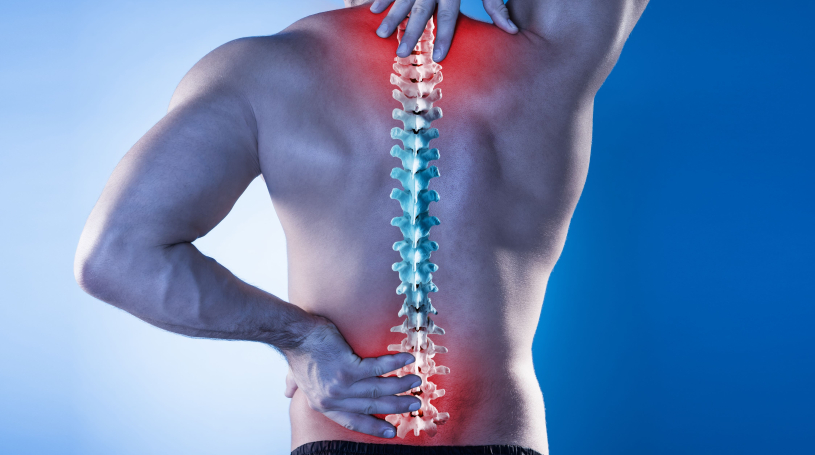“Understanding Spondylolisthesis –A Spinal Condition That Causes Lower Back Pain”
Get to know Spondylolisthesis
Spondylolisthesis is one of common spinal conditions that affects the lower spinal bones. This disease causes the lower vertebrae to slip forward onto the bone directly beneath it. It is a painful condition but treatable in most cases. Spondylolisthesis can be found in both young and elderly people, however, with different causes. In adolescent patients, the cause of spondylolisthesis mainly involves spondylolysis – a spine condition that results in small fracture in bones of the spine which might be a birth defect in part of the spine, causing it to slip forward during childhood or repetitive trauma to the spine. This condition is common in athletes, such as gymnasts and weightlifters. Whereas spondylolisthesis in the elderly is often caused due to the degenerative conditions of spine, intervertebral discs and facet joints (the joints connecting each of vertebrae). As a result, degenerative changes in these spinal structures can eventually induce spinal instability and cause vertebrae to move and slip out of place.
Alarming symptoms of spondylolisthesis
Symptoms can range in severity from non-existent to a loss of urination and bowel movement control in more severe cases. Pain severity widely varies. Progressive symptoms include:
- Pain in the lower back, hip and the back of thigh (the hamstring).
- Back pain in lower back that is aggravated by back movement, twisting or bending. Pain is alleviated while lying down or resting.
- Pain that radiates to the leg (s) due to nerve compression (a pinched nerve), causing numbness in the legs or feet and leg weakness as well as urinary and fecal incontinence.
Diagnostic approach
Diagnosis starts with a physical examination and imaging tests using X-ray and CT scan (Computerized Tomography). In case that nerve compression is suspected, MRI scan (Magnetic Resonance Imaging) for highly detailed images might be additionally required.
Surgical treatment
If the patients have progressive pain which does not respond to nonsurgical treatments e.g. pain relief medications, physiotherapy and spinal interventions, surgical treatment may be recommended. The goals of surgical treatment are decompression aiming at relieving symptoms caused by pressure on a nerve due to a narrowed spinal canal and restabilization focusing on correcting spinal instability and deformity as well as realignment to correct and adjust spinal curving.
An interbody fusion is new spinal fusion that involves removing the intervertebral disc and replacing it with a bone spacer containing bone graft material that promotes bone healing and facilitates the fusion. This type of fusion can be performed by using different approaches, depending different accesses to the intervertebral disc. Since these procedures can be conducted through smaller incisions, superior advantages over conventional approach are less pain, less blood loss, faster recovery and higher infusion rates after surgery.
Due to surgical advances in minimally invasive spine surgery, Enhanced Recovery After Surgery (ERAS) protocol has emerged as a multimodal perioperative care pathway designed to achieve early recovery after minimally invasive spine surgery by maintaining pre-operative organ function and reducing the profound stress response following surgery while enhancing early mobilization, allowing for a quick return to daily life and activity.









